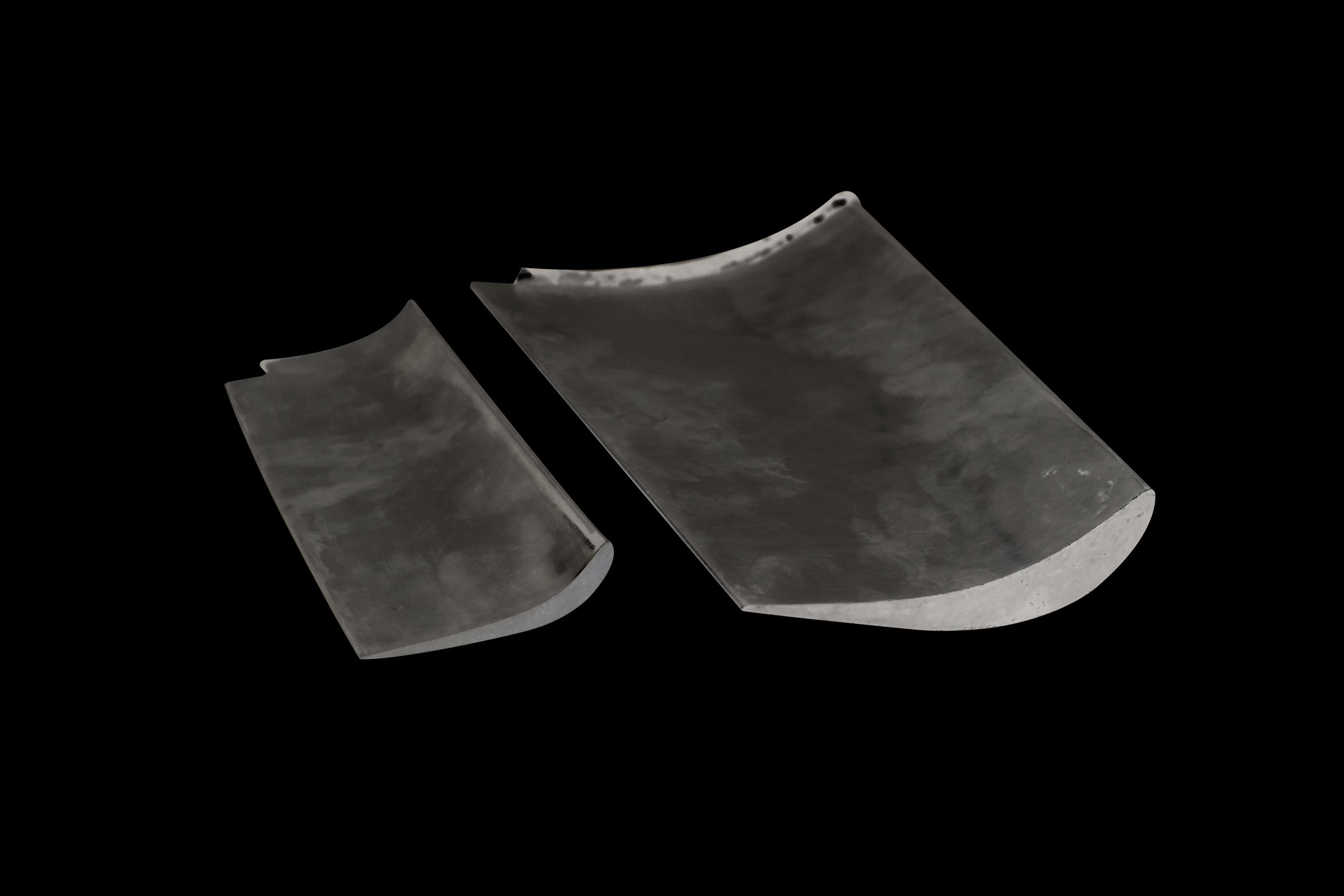Superalloy Parts Marine Turbine Blade Factory
Introduction to Marine Turbine Blade Manufacturing
Marine turbine blades operate under exceptionally demanding conditions, including prolonged exposure to seawater corrosion, extreme mechanical stresses, and elevated temperatures. At Neway AeroTech, a specialized superalloy parts manufacturer, we provide precision-engineered turbine blades tailored for critical marine propulsion systems. Utilizing advanced processes such as vacuum investment casting and meticulous CNC finishing, our blades deliver superior reliability and longevity in marine environments.
We leverage extensive industry experience and sophisticated manufacturing capabilities to produce marine turbine blades meeting stringent performance standards.
Core Manufacturing Challenges in Marine Applications
Producing marine turbine blades involves several complex technical challenges:
Corrosion Resistance: Essential to withstand harsh saltwater environments.
High Strength & Fatigue Life: Required tensile strengths typically exceed 1000 MPa.
Thermal and Creep Stability: Performance at sustained temperatures up to 1000°C.
Precision and Surface Finish: Dimensional accuracy within ±0.10 mm and surface finishes as refined as Ra 1.6 µm.
Marine Turbine Blade Manufacturing Processes
Vacuum Investment Casting
Precise wax patterns accurately represent complex blade geometries.
Ceramic molds are created and wax removed under controlled heating (~180°C).
Vacuum casting at pressures less than 0.01 Pa ensures purity and uniformity.
Controlled cooling rates (20–35°C/hour) reduce internal stresses.
Directional and Single Crystal Solidification
Controlled thermal gradients (20–50°C/cm) produce aligned grain structures.
Single-crystal techniques remove grain boundaries, enhancing blade creep resistance.
Slow cooling methods (20–35°C/hour) significantly minimize internal defects.
Comparative Analysis of Manufacturing Processes
Manufacturing Method | Dimensional Accuracy | Surface Finish | Efficiency | Complex Geometry |
|---|---|---|---|---|
Vacuum Investment Casting | ±0.15 mm | Ra 3.2–6.3 µm | Moderate | High |
Single Crystal Casting | ±0.20 mm | Ra 6.3–12.5 µm | Moderate | High |
CNC Machining | ±0.01 mm | Ra 0.8–3.2 µm | Moderate | Moderate |
SLM 3D Printing | ±0.05 mm | Ra 6.3–12.5 µm | High | Very High |
Process Selection Strategies for Marine Blades
Vacuum Investment Casting: Preferred for intricate blade geometries requiring high metallurgical integrity and ±0.15 mm accuracy.
Single Crystal Casting: Ideal for blades needing maximum creep resistance, operating at high temperatures with ±0.20 mm precision.
CNC Machining: Optimal for achieving critical final dimensions and detailed surface finishes (±0.01 mm).
SLM 3D Printing: Effective for rapid prototyping or complex internal cooling structures, with precision at ±0.05 mm.
Superalloy Material Performance Matrix for Marine Blades
Alloy Material | Tensile Strength (MPa) | Yield Strength (MPa) | Max Temp (°C) | Corrosion Resistance | Marine Blade Applications |
|---|---|---|---|---|---|
880 | 480 | 980 | Excellent | Standard marine blades | |
750 | 360 | 1038 | Exceptional | Corrosive marine blades | |
1050 | 585 | 815 | Excellent | High-load marine blades | |
1170 | 850 | 1000 | Superior | Combustion marine blades | |
1300 | 1000 | 1150 | Exceptional | Single-crystal blades | |
860 | 700 | 850 | Excellent | Wear-resistant blades |
Superalloy Material Selection Criteria
Inconel 625: Selected for excellent corrosion resistance and strength (880 MPa tensile) in seawater environments up to 980°C.
Hastelloy C-276: Recommended for extreme corrosion resistance, optimal performance at temperatures reaching 1038°C.
Nimonic 80A: Ideal for high-strength marine blades, providing consistent tensile strength (1050 MPa) at moderate temperatures (815°C).
Rene 41: Preferred for blades operating under severe thermal stress, offering exceptional strength (1170 MPa) at temperatures up to 1000°C.
CMSX-4: Chosen for single-crystal blades demanding the highest creep resistance at operational temperatures up to 1150°C.
Stellite 6: Best for wear resistance and durability under abrasive marine conditions at temperatures up to 850°C.
Critical Post-processing Technologies
Hot Isostatic Pressing (HIP): Eliminates internal porosity, improving mechanical integrity at ~1200°C and 150 MPa pressure.
Thermal Barrier Coating (TBC): Reduces surface temperatures by ~200°C, significantly enhancing blade lifespan.
Electrical Discharge Machining (EDM): Enables precise fabrication of internal cooling channels, achieving ±0.005 mm accuracy.
Heat Treatment: Optimizes microstructure, enhancing corrosion resistance, strength, and fatigue life.
Marine Industry Case Study: High-Performance Blade Production
Neway AeroTech recently supplied precision-cast Inconel 625 blades to a major international marine turbine OEM. Combining vacuum investment casting with HIP treatment and TBC coating, we achieved dimensional tolerances of ±0.15 mm and significantly enhanced operational lifespan and corrosion resistance, surpassing standard industry benchmarks.
Our advanced manufacturing processes and extensive materials expertise establish us as a preferred supplier of superalloy marine turbine blades.
FAQs
What is your typical lead time for marine turbine blade orders?
Can you accommodate small-batch or prototype production requests for marine blades?
Which marine-industry certifications and quality standards do your blades comply with?
What post-processing methods enhance marine turbine blade durability the most?
Do you offer technical consultations on superalloy material selection and blade design optimization?

